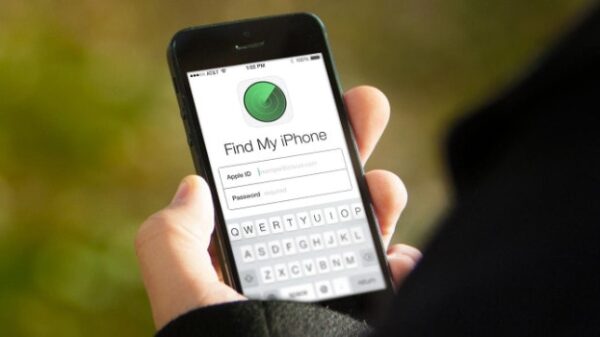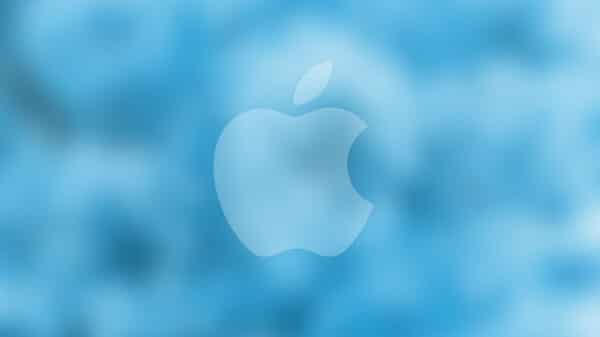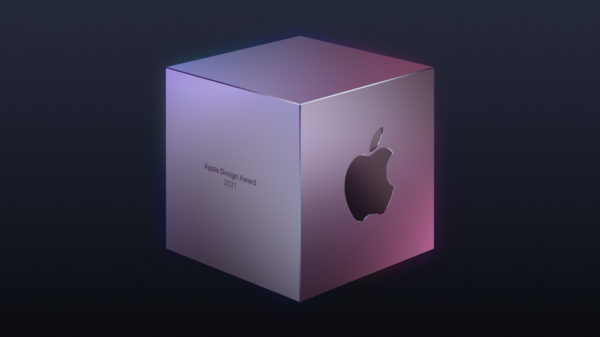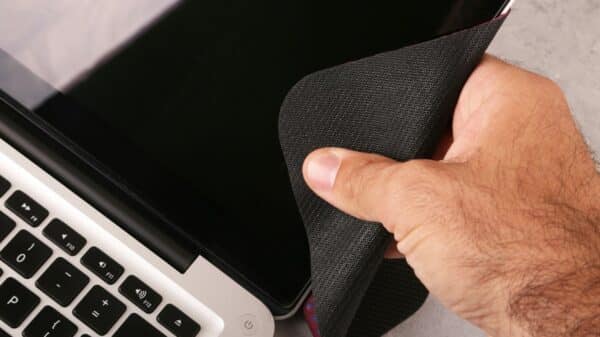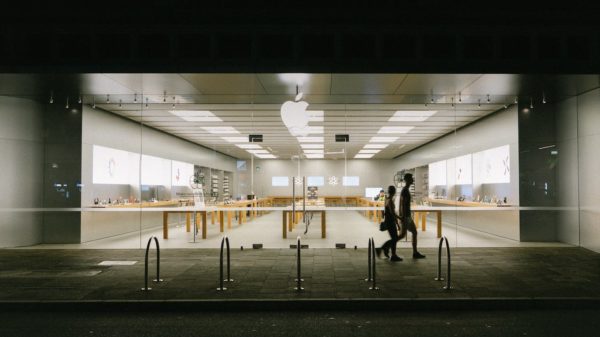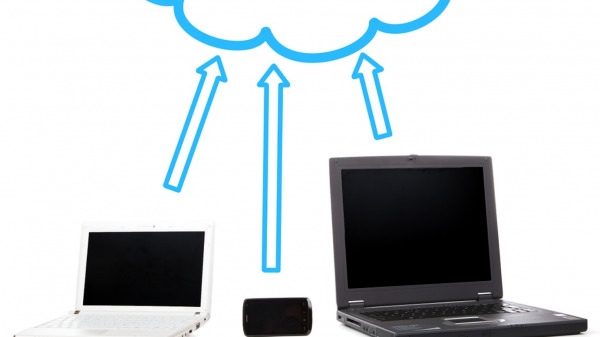In an era where digital efficiency is not just valued but vital, understanding how to maintain your Mac’s performance is crucial. One often overlooked but essential aspect of this is managing cache files. These hidden files, designed to speed up software processes, can, paradoxically, end up slowing down your system when they accumulate excessively. This in-depth guide delves into every technique known for clearing cache on a Mac, empowering you with the knowledge to keep your device running as smoothly as the day you first turned it on. Let’s dive into best ways on how to clear cache on Mac.
1. Clearing Browser Cache
Clearing the cache from your browser is a crucial step in maintaining your Mac’s performance. Over time, browsers like Safari, Chrome, and Firefox accumulate a significant amount of cache files. These are meant to speed up your browsing by storing local copies of web elements, but they can become bloated or outdated, leading to slower performance and even loading errors.
- Safari: Start by opening Safari. From the menu bar, select ‘Safari’ and then ‘Preferences’. Navigate to the ‘Privacy’ tab and click on ‘Manage Website Data’. Here, you can view all the stored data and choose to remove it either site-by-site or all at once by selecting ‘Remove All’.
- Chrome: In Chrome, click the three vertical dots in the top-right corner to open the menu. Go to ‘More Tools’, then ‘Clear Browsing Data’. You can select the time range for which you want to clear the cache and ensure the ‘Cached images and files’ option is checked before clearing.
- Firefox: Access the menu in Firefox by clicking the hamburger icon. Go to ‘Options’, then ‘Privacy & Security’. Under ‘Cookies and Site Data’, you’ll find the option to ‘Clear Data’. This allows you to remove cached web content.

2. Clearing System Cache
Your Mac’s system cache is a collection of temporary files used by the macOS itself and various applications to improve performance. Over time, these files can accumulate, taking up space and potentially causing system glitches or slowdowns. To clear system cache:
- Open ‘Finder’, and from the menu bar, choose ‘Go’ followed by ‘Go to Folder’. Type in ‘~/Library/Caches’ and hit Enter. This will bring you to a directory filled with cache files from different applications.
- Inside this folder, you’ll see several subfolders named after the applications and system processes they belong to. You can delete the contents of these folders. It’s advisable not to delete the folders themselves as they are often regenerated by the system or apps and removing them might cause errors.
3. Clearing App Cache
Applications on your Mac generate their own cache files. These are used to store temporary data to make the app run faster. However, like system cache, these files can become a burden over time, leading to performance issues. To manage app cache effectively:
- Repeat the steps to access the ‘~/Library/Caches’ folder in Finder. Here, you will find folders corresponding to each application installed on your Mac.
- Navigate through these folders and delete the cache files within. Be cautious not to delete the main folders, as some applications might depend on them for startup. Regular cleaning of app cache, especially for apps that you use frequently or that consume a lot of resources, can significantly improve the responsiveness and overall performance of your Mac.

4. Using Third-Party Tools
For those who prefer a more hands-off approach or want additional features, several third
-party tools can assist in clearing cache on a Mac. Tools like CleanMyMac, OnyX, and CCleaner offer streamlined, user-friendly interfaces for cache management. These applications can detect and clean up cache files across your system, including browser, system, and app caches. Additionally, they often come with extra features like system health monitoring, malware removal, and performance optimization.
When using third-party tools, it’s crucial to choose reputable software to ensure your system’s security. While these tools can make cache management easier, it’s important to be aware of what you’re clearing. Some may offer the option to delete system logs and other files that could be important for diagnosing system issues. Always ensure you have a backup of your important data before performing system maintenance with these tools.
Conclusion
Keeping your Mac running efficiently is an ongoing task, but one that is crucial for ensuring a smooth and productive computing experience. Regularly clearing your cache is a key part of this maintenance. By understanding and using the methods described in this guide, you can prevent the sluggishness often associated with cache buildup, ensuring your Mac remains as fast and responsive as possible. Whether you choose to manually clear your cache or use a third-party tool, the steps outlined here will help you keep your Mac in top condition.




